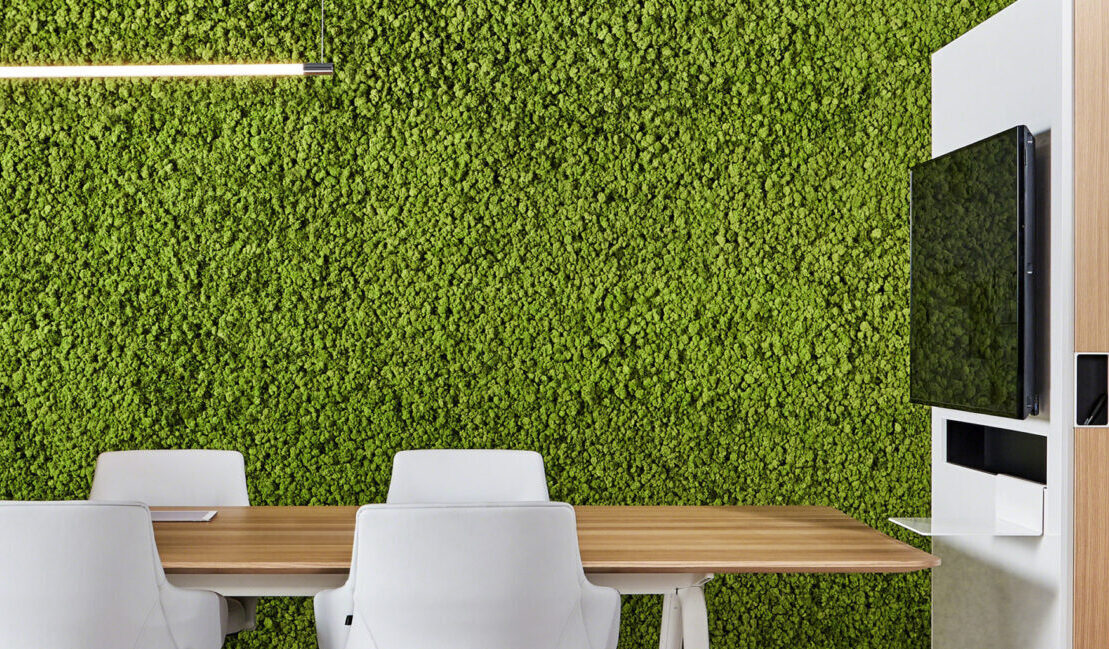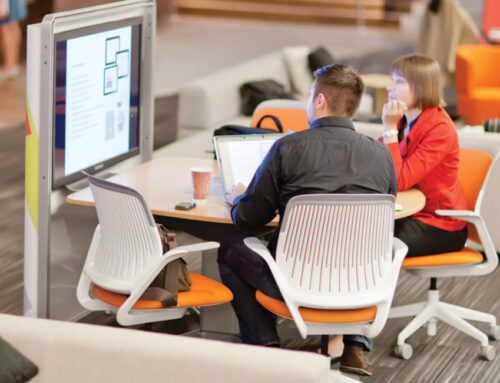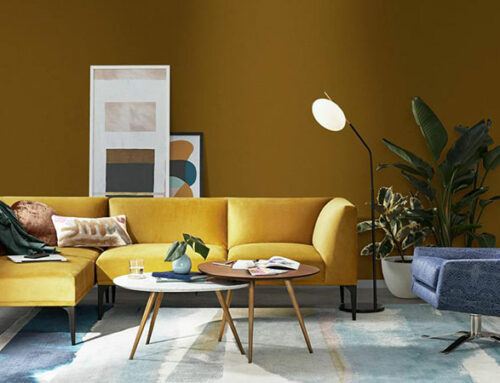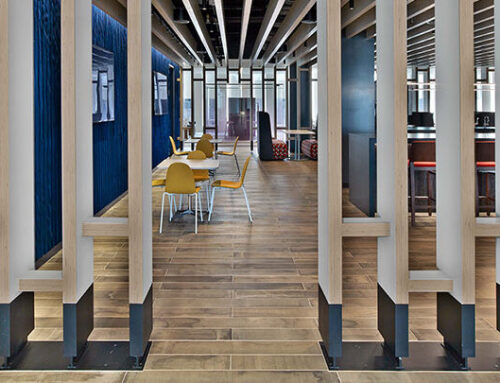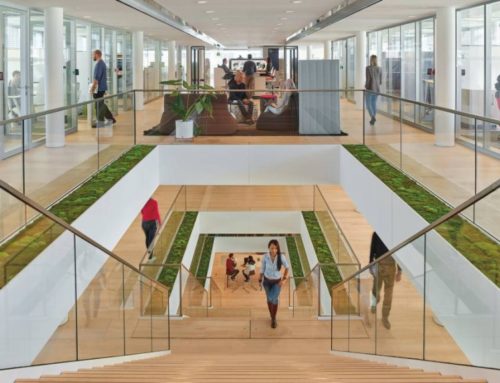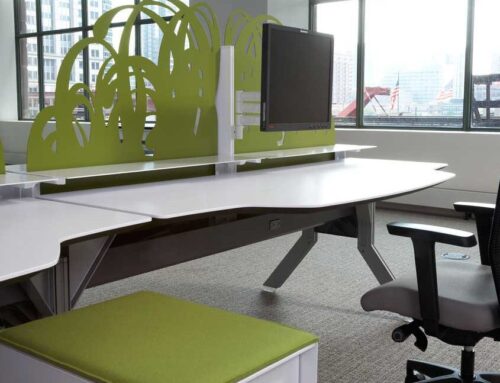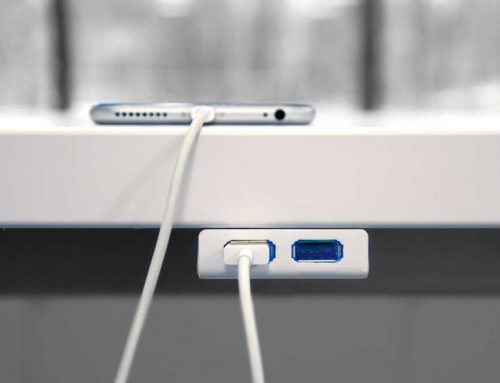Speed. Complexity. Disruption. These are the things companies need to deal with every day if they want to survive and grow. They have to innovate — and this requires a culture that fosters a new breed of hyper-collaborative teams.
Studies confirm: People working in teams innovate faster, achieve better results and report higher job satisfaction. In fact, companies that promote collaboration in the workplace are five times more likely to be high performing and are more profitable.
But teams are under pressure to move faster than ever. The highest-performing groups are different. Little about their work resembles what they did in the past. These new teams are constantly collaborating: Their days are filled with a never-ending exchange of information and ideas, working in rapid cycles of iteration. Their tasks are interdependent and their projects fluid.
So how is this new kind of teamwork different from what we’ve always done? Think about the difference between a swim team and a basketball team. Swimmers stay in their lane, but basketball players interact and transition constantly, relying on each other to win. Teams today need to do that too — navigate a fast-paced flow, bouncing between team members, iterating and improving on each other’s ideas. Everyone is accountable to keep work moving forward.
Many teams today are adopting design thinking methodologies and agile behaviors to structure their work. By understanding their activities and behaviors, we can design spaces to help these teams work in new ways.
A methodology for creative problem solving, this kind of work is physically and cognitively active. Teams are leading workshops, brainstorming, filling walls and whiteboards with content and coming together to share their ideas.
Team members sit together so they can stay connected and work faster. They also need moments of retreat from the group to focus, absorb information and process their ideas. People stand, sit, draw, gesture and move materials and objects. The work is dynamic and fast-paced.
Agile is process-driven work derived from software development and now used by lots of industries to improve speed, flexibility and customer focus. Agile teams structure their work into a sequence of activities that guide them to execute quickly, monitor progress and re-adjust workflow. Their practice includes daily standup meetings, pair-based work, sprint reviews, and sprint retrospectives. These teams constantly shift between modes of work, working alone and together as the task demands.
The best workplaces support the activities of the team while nurturing the needs of individuals, thinking about the “Me within We.” Forget what your coach may have told you- there is an “I” in team.
AFD Contract Furniture is dedicated to providing design and layout services that allow companies to maximize the opportunity for collaboration and innovation. Speak to one of our design experts and let us explore ways that together, we can improve your company’s productivity. Read more


